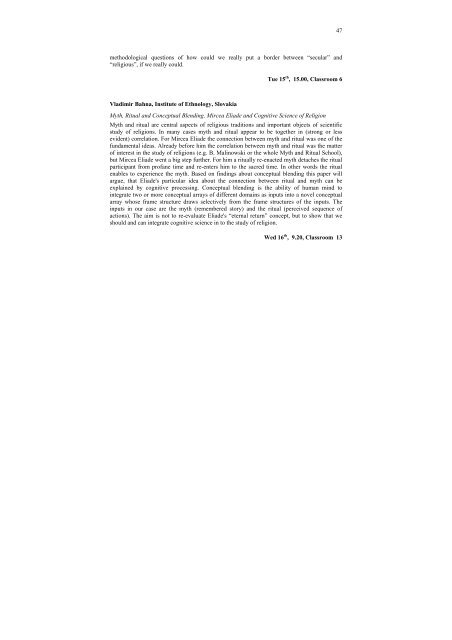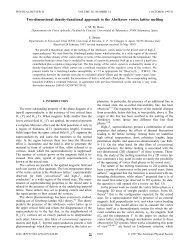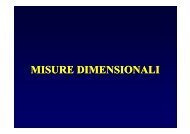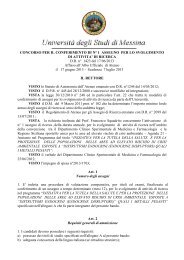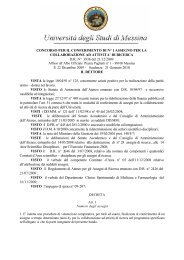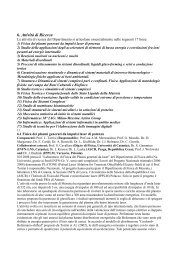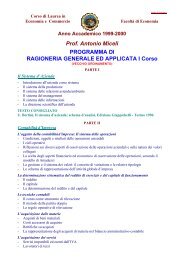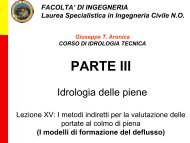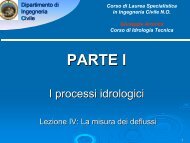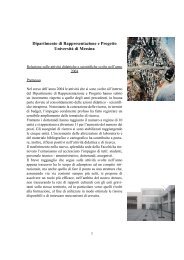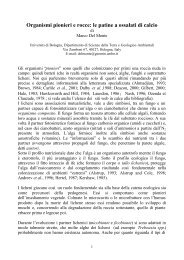PROGRAMME AND ABSTRACTS - Università degli Studi di Messina
PROGRAMME AND ABSTRACTS - Università degli Studi di Messina
PROGRAMME AND ABSTRACTS - Università degli Studi di Messina
You also want an ePaper? Increase the reach of your titles
YUMPU automatically turns print PDFs into web optimized ePapers that Google loves.
methodological questions of how could we really put a border between “secular” and<br />
“religious”, if we really could.<br />
Vla<strong>di</strong>mir Bahna, Institute of Ethnology, Slovakia<br />
47<br />
Tue 15 th , 15.00, Classroom 6<br />
Myth, Ritual and Conceptual Blen<strong>di</strong>ng. Mircea Eliade and Cognitive Science of Religion<br />
Myth and ritual are central aspects of religious tra<strong>di</strong>tions and important objects of scientific<br />
study of religions. In many cases myth and ritual appear to be together in (strong or less<br />
evident) correlation. For Mircea Eliade the connection between myth and ritual was one of the<br />
fundamental ideas. Already before him the correlation between myth and ritual was the matter<br />
of interest in the study of religions (e.g. B. Malinowski or the whole Myth and Ritual School),<br />
but Mircea Eliade went a big step further. For him a ritually re-enacted myth detaches the ritual<br />
participant from profane time and re-enters him to the sacred time. In other words the ritual<br />
enables to experience the myth. Based on fin<strong>di</strong>ngs about conceptual blen<strong>di</strong>ng this paper will<br />
argue, that Eliade's particular idea about the connection between ritual and myth can be<br />
explained by cognitive processing. Conceptual blen<strong>di</strong>ng is the ability of human mind to<br />
integrate two or more conceptual arrays of <strong>di</strong>fferent domains as inputs into a novel conceptual<br />
array whose frame structure draws selectively from the frame structures of the inputs. The<br />
inputs in our case are the myth (remembered story) and the ritual (perceived sequence of<br />
actions). The aim is not to re-evaluate Eliade's “eternal return” concept, but to show that we<br />
should and can integrate cognitive science in to the study of religion.<br />
Wed 16 th , 9.20, Classroom 13


